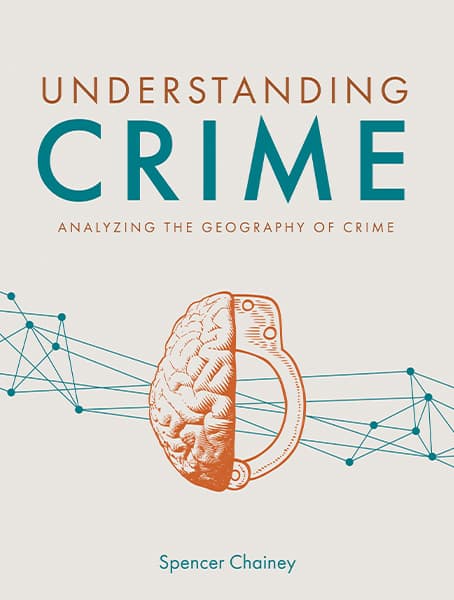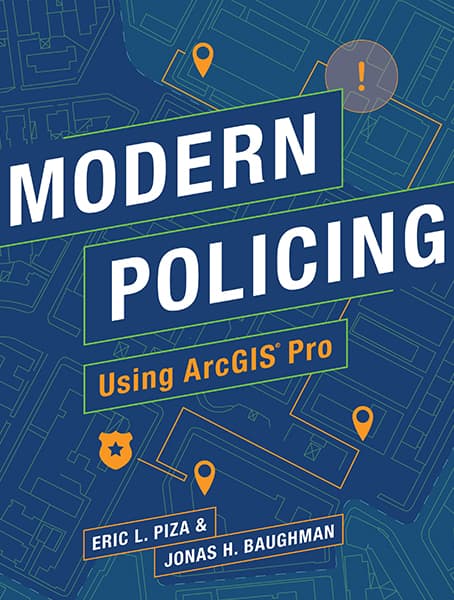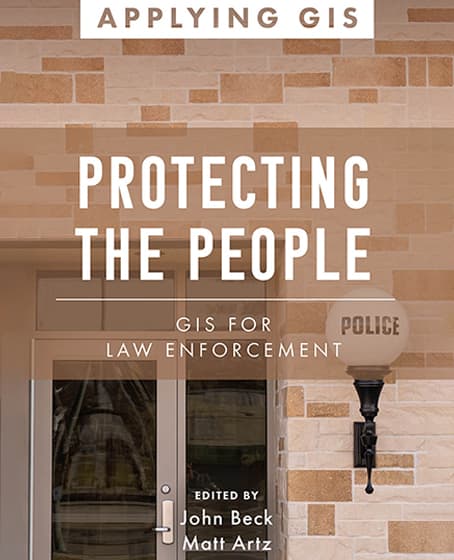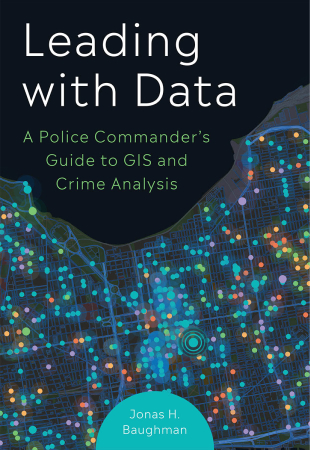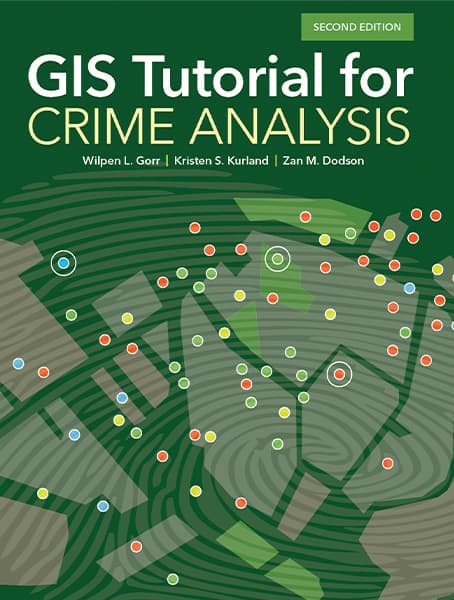Book details
The definitive guide to analysis techniques for examining the geography of crime.
Understanding Crime: Analyzing the Geography of Crime delves into both theory and technique to explain the geographic analysis of crime. Intended as a comprehensive resource and textbook, this book breaks down old, new, and complex approaches to make crime analysis more accessible for readers wanting to improve their own understanding of crime.
Through detailed descriptions, explanations, and illustrations of geographic analysis techniques, Understanding Crime examines spatial and temporal patterns of crime, the use of spatial data in the analysis of crime, and methods for evaluating the impact of geographically targeted interventions. Topics include:
- Hot spot analysis, using cluster analysis techniques
- Temporal analysis, including techniques for examining the stability of crime patterns
- Analysis of repeat and near repeat victimization
- Analysis of persistent and emerging patterns of crime
- Spatial regression analysis, including geographically weighted regression
- Determining crime risk, and where crime is likely to happen
- Performing robust evaluation and applying techniques that determine whether an intervention worked
Every chapter begins with key learning points and ends with a summary and references. “Thought boxes” with useful information for understanding a theoretical principle or a technical matter are included throughout the book.
Written by world-renowned crime science expert Dr. Spencer Chainey and designed for both students and practitioners of all levels, Understanding Crime is a vital reference that will support you in your spatial analysis of crime and ultimately in making better recommendations for improving your community.
Spencer Chainey
Dr. Spencer Chainey is director of continuing professional development and the director of the Latin America and Caribbean unit at University College London’s Jill Dando Institute of Security and Crime Science. He has 25 years of international experience.




